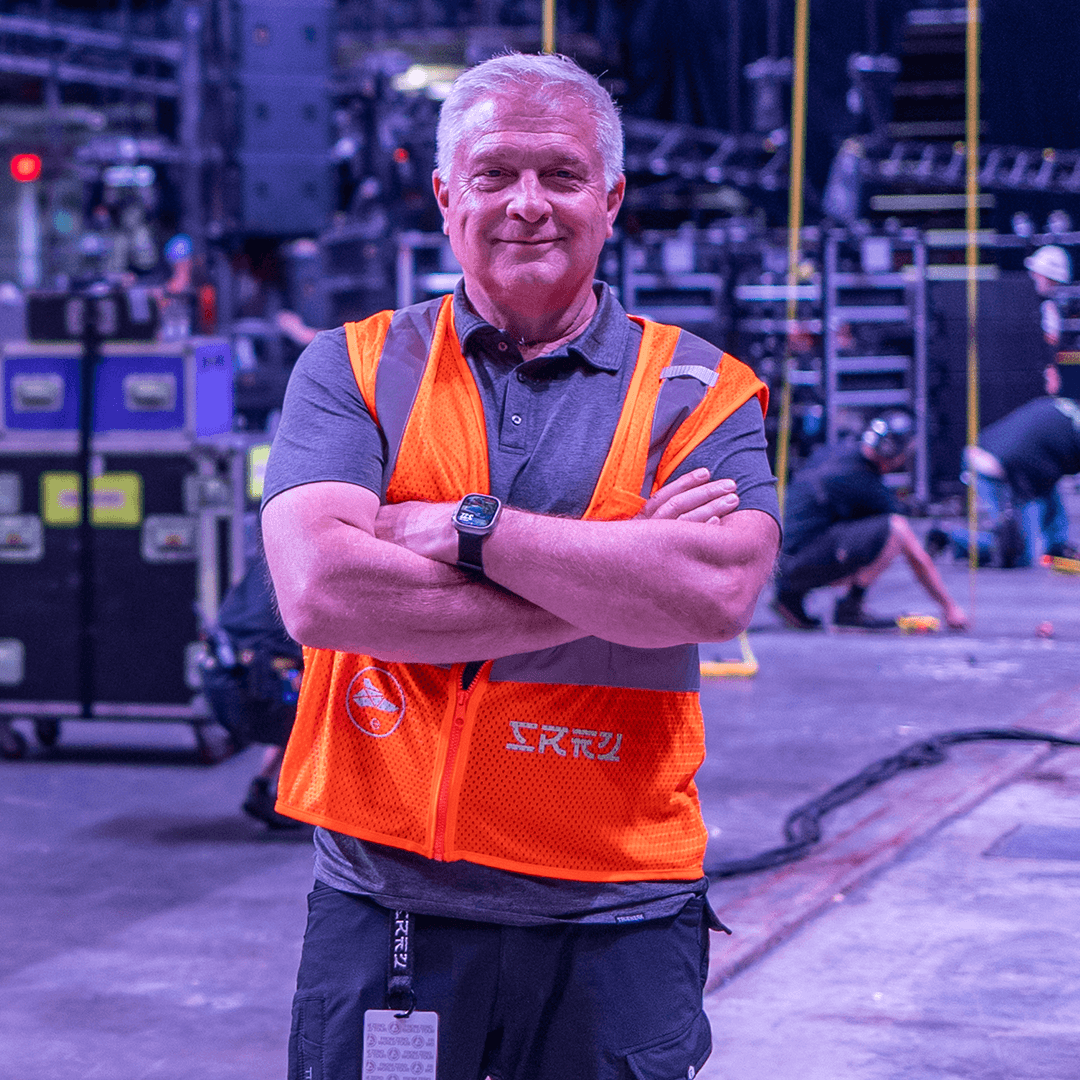We’re excited to introduce you to the always interesting and insightful Jim Digby. We hope you’ll enjoy our conversation with Jim below.
Jim, appreciate you joining us today. I’m sure there have been days where the challenges of being an artist or creative force you to think about what it would be like to just have a regular job. When’s the last time you felt that way? Did you have any insights from the experience?
I’m incredibly fulfilled by the work I do — both professionally and personally. As a project manager in the creative arts, I get to live at the intersection of structure and imagination, where art meets execution. The symphony I conduct happens out of view of the audience, yet it requires many of the same qualities as any conductor — keeping time, shaping the outcome, and creating unity within the team. I’ve tried, at different points in my life, to have what might be considered a “regular job.” Each time, I found myself under-inspired. There’s a certain energy that comes from guiding large-scale music projects and tours — the intricate logistics, the creative problem-solving, the teamwork under pressure — that’s hard to replicate anywhere else.
What really fuels me is the full arc of the experience: the long, complex build-up and the audience’s emotional energy when the lights finally go up. To stand at the side of the stage and watch tens of thousands of people connect through something you helped bring to life — it’s electric. That moment makes every sleepless night, every flight, the time away from family, and every challenge worthwhile.
So, while I’ve occasionally wondered what a “normal” life might feel like, I always come back to this truth: When not in my happiest place–spending time with my family–I’m professionally happiest when I’m creating, leading, and connecting people through live experiences. The complexity of this work isn’t what drains me — it’s what keeps me alive.

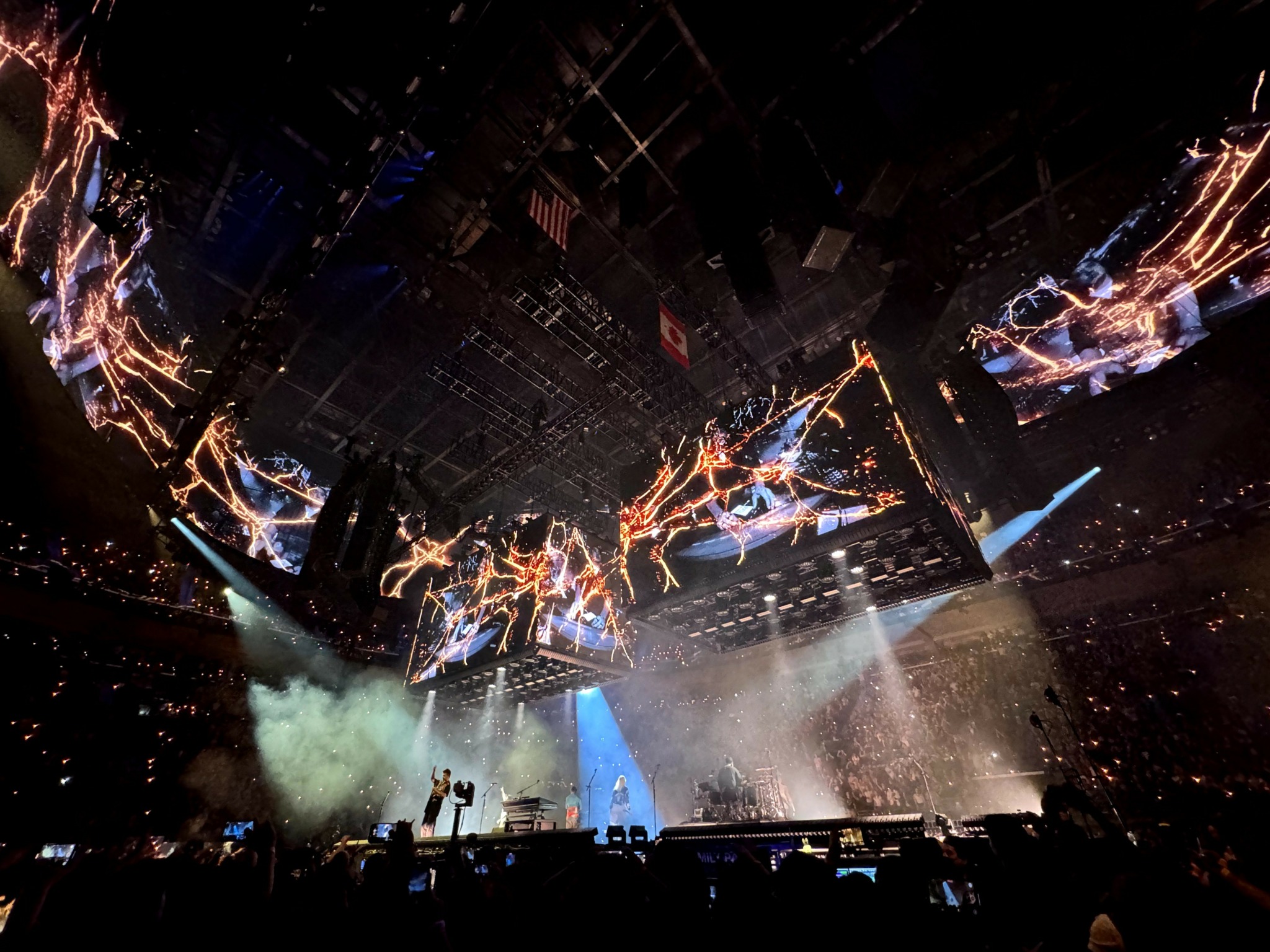
Jim, love having you share your insights with us. Before we ask you more questions, maybe you can take a moment to introduce yourself to our readers who might have missed our earlier conversations?
I’ve been in the live entertainment industry for more than forty years, but the truth is, I got my start long before it was a career. As a kid in grade school, I was that student who always found his way behind the scenes of every school play — running lights, moving sets, figuring out how things worked. I didn’t know it then, but I was already learning the rhythm of production: collaboration, timing, and the quiet satisfaction of helping others shine.
Right after high school, I attended electronic trade school following which I went straight into a professional role in a large-scale nightclub, where I was broadly involved with multiple technical disciplines. That led me to technical work at Disney World, film school, and eventually to the road — touring with artists whose music I admired, Genesis, Bon Jovi, and Phil Collins (to name-drop a few), and whose shows became my classroom. Leadership roles came over the years, and I’ve since had the privilege of serving as Tour and Production Director (Project Manager) for multiple artists including Linkin Park, The Killers, Paramore, Avril Lavigne.
But what’s kept me here all these years hasn’t just been the adrenaline of live performance — it’s the people. The crews, artists, vendors, and partners who come together to turn ideas into experiences. That belief in people first is one of the influencing factors that led me to co-found the Event Safety Alliance, a nonprofit dedicated to building a global culture of safety and care in live events, and to later create Show Makers Inc., which focuses on leadership development, storytelling, and the delivery of large-scale live events.
If there’s a thread that ties my journey together, it’s this: I’ve always been more interested in the human side of production than the technical one, what creates a highly functioning team is my favorite field of study. The magic happens not just in the lights or the sound, but in the relationships, the trust, and the shared purpose behind them. That’s what continues to drive me — helping shape an industry that requires excellence, empathy, and the people who make the show go on.
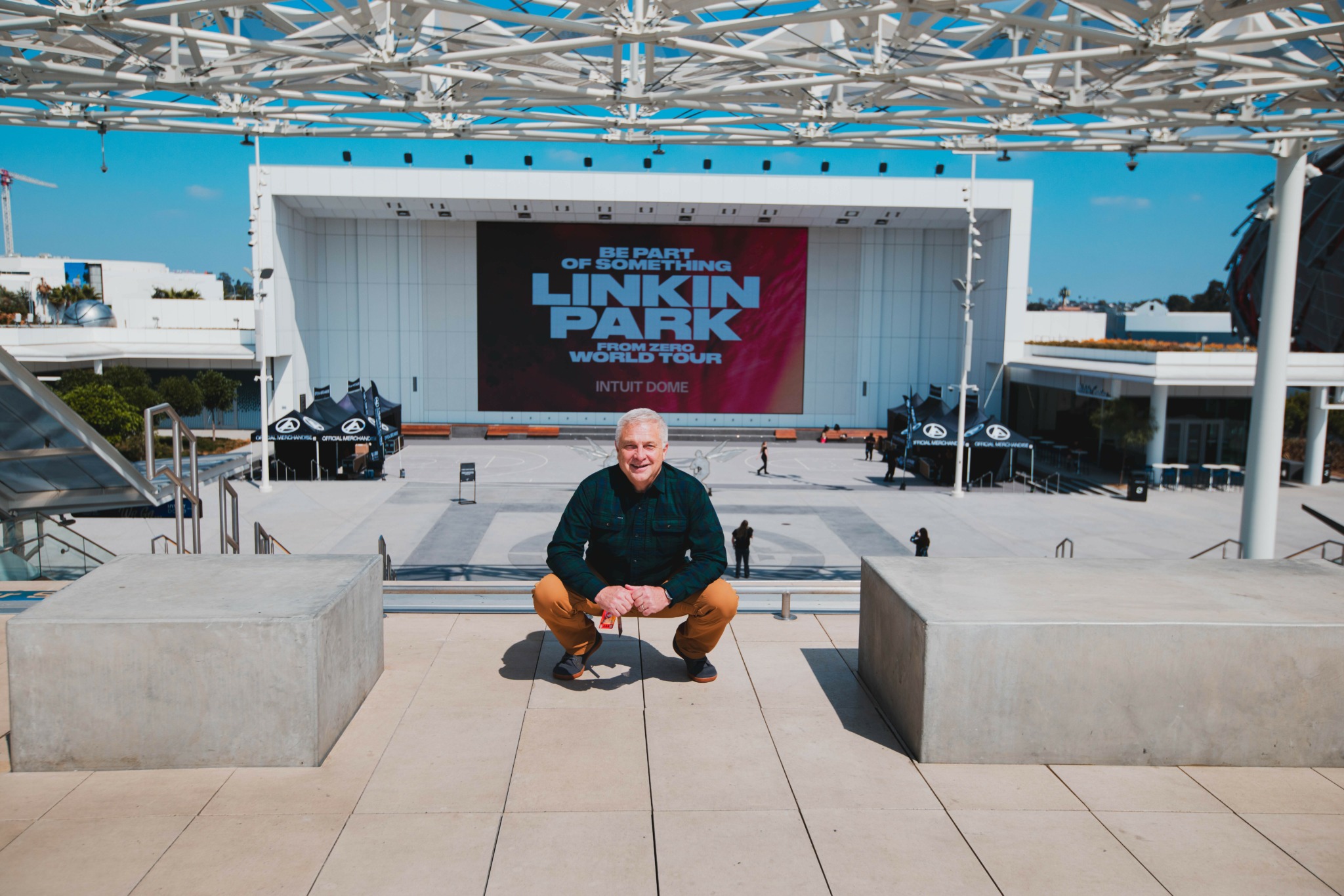
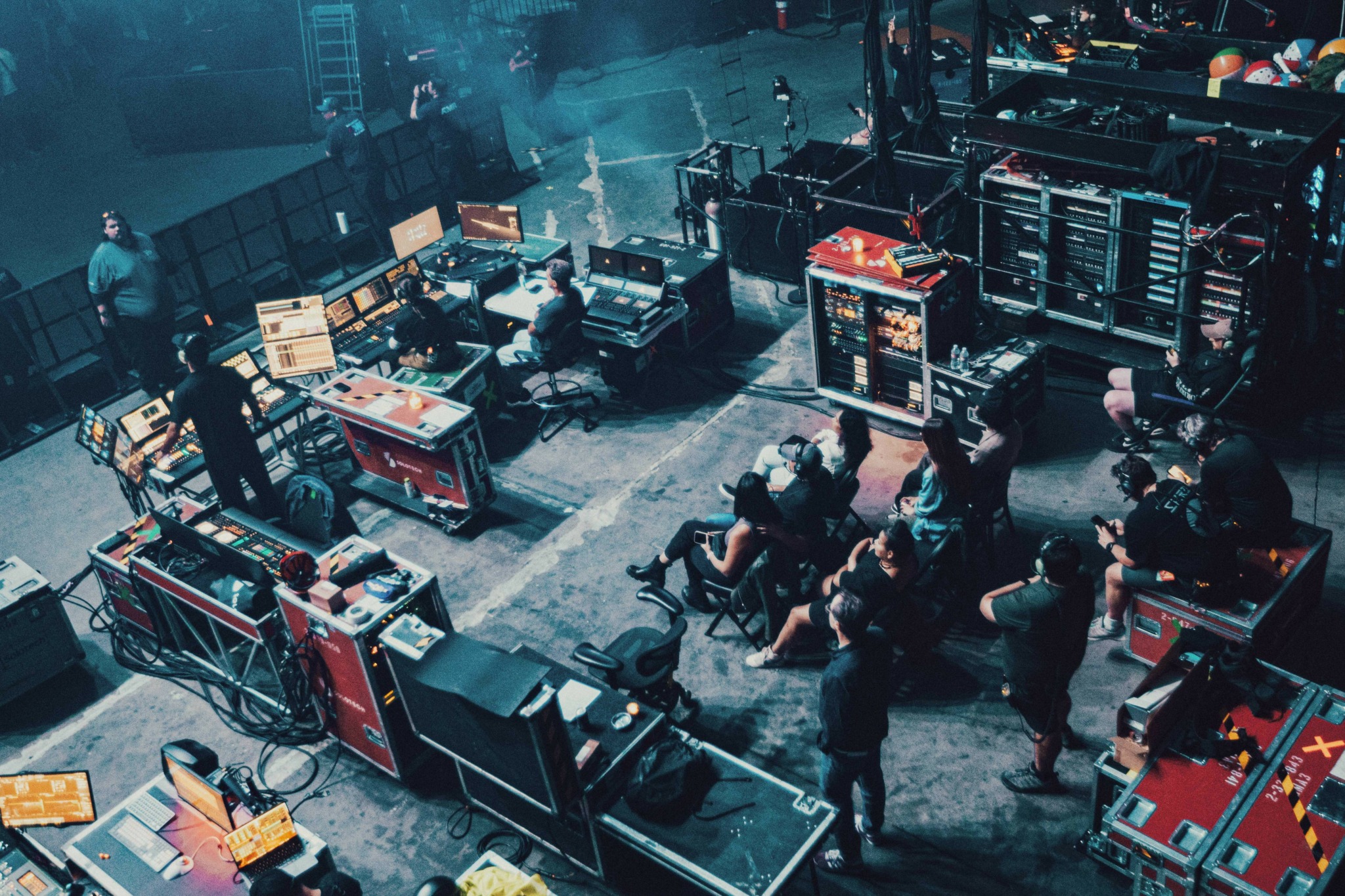
Learning and unlearning are both critical parts of growth – can you share a story of a time when you had to unlearn a lesson?
Early in my career, I believed that leadership meant having all the answers and being the boss — being the steady hand that always knew what to do. I’ve since learned that the real magic isn’t in managing but instead leading – inspiring your team to believe in themselves, provide the tools necessary for them to succeed, and lead an atmosphere of trust that drives self-confidence and pride in the work they achieve.
The lesson I had to unlearn was that strength isn’t about control; it’s about connection. I learned that the real power of leadership comes from creating space for others to contribute their best ideas, even when it means admitting you don’t have every answer.
Since then, I’ve tried to lead with openness and humility — trusting the collective intelligence of the team. It’s not always easy to let go of old habits, but I believe I’m a better leader, a better collaborator, and frankly, a better human being by discovering and developing this approach.


Are there any books, videos or other content that you feel have meaningfully impacted your thinking?
There are several books that have shaped the way I lead and think about both people and process. One of the most powerful for me has been Marshall Rosenberg’s *Nonviolent Communication*, which reframed how I listen, speak, and connect. It reminded me that communication isn’t just about clarity — it’s about compassion, empathy, and the intention behind every word. That philosophy has influenced how I lead crews, resolve conflict, and nurture culture on tour.
Jocko Willink’s *Extreme Ownership* pushed me in a different but equally important direction. It taught me that leadership means taking full responsibility — for the outcomes, the team, and the tone you set. There’s no room for blame in that mindset, only accountability and forward motion.
Simon Sinek’s *Leaders Eat Last* reinforced what I’d already come to believe through experience: great leadership is service. It’s about creating environments where people feel safe, valued, and trusted — especially in high-pressure situations like live production.
Atul Gawande’s *The Checklist Manifesto* reminded me that structure and discipline aren’t the enemies of creativity — they’re what make consistent excellence possible. In our world of touring and large-scale events, that lesson couldn’t be more relevant.
And Brian Tracy’s *Eat That Frog* has helped me simplify the daily chaos of leadership — tackling the hardest, most important work first, so the rest of the day follows with focus and intention.
Together, these books form a kind of personal compass. They’ve shaped how I lead, how I communicate, and how I balance empathy with accountability. Each one, in its own way, has helped me refine not just my leadership philosophy, but how I show up for the people I work with every day.
Contact Info:
- Instagram: @digbyjim
- Linkedin: https://www.linkedin.com/in/jdigby/
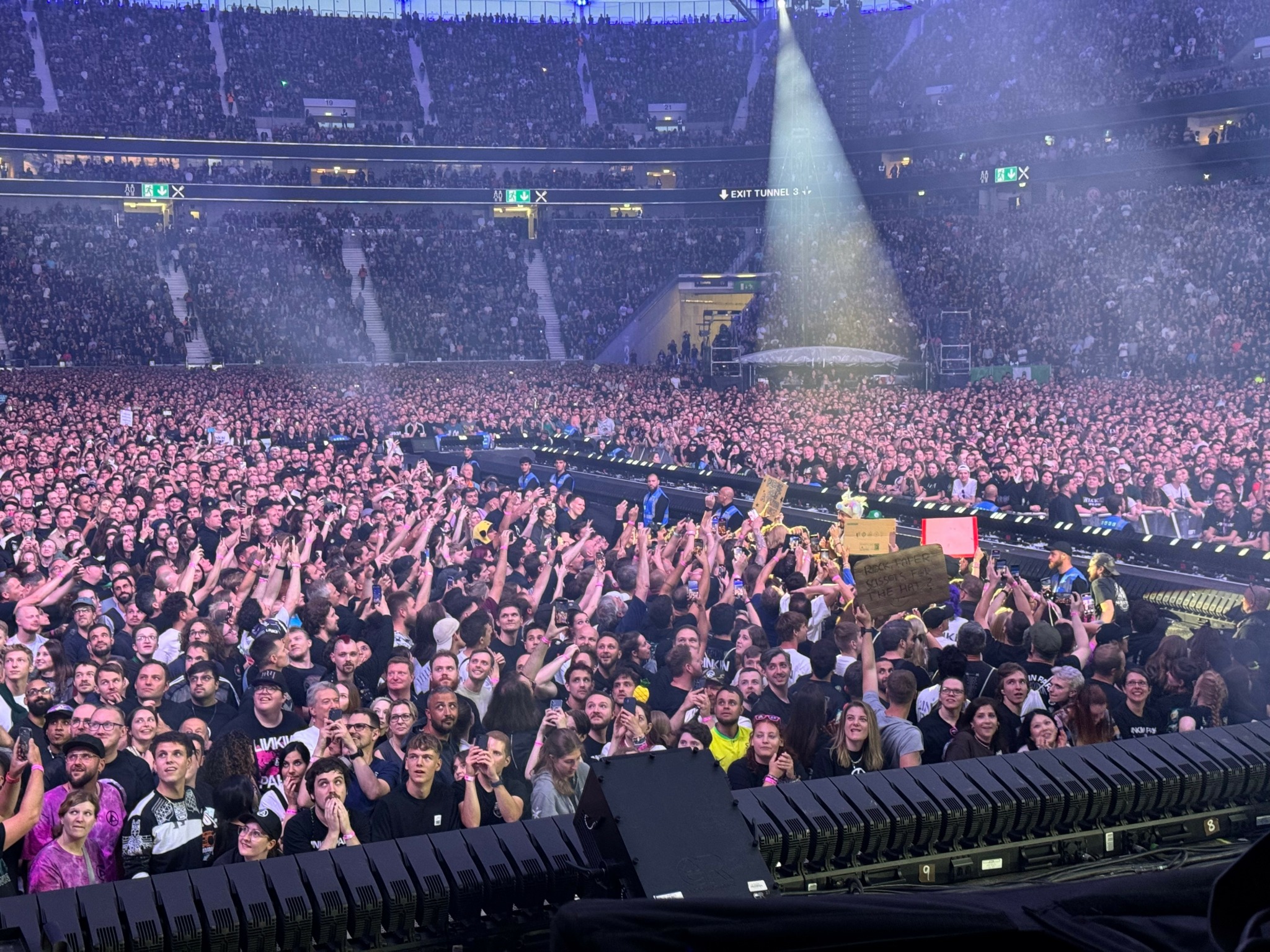
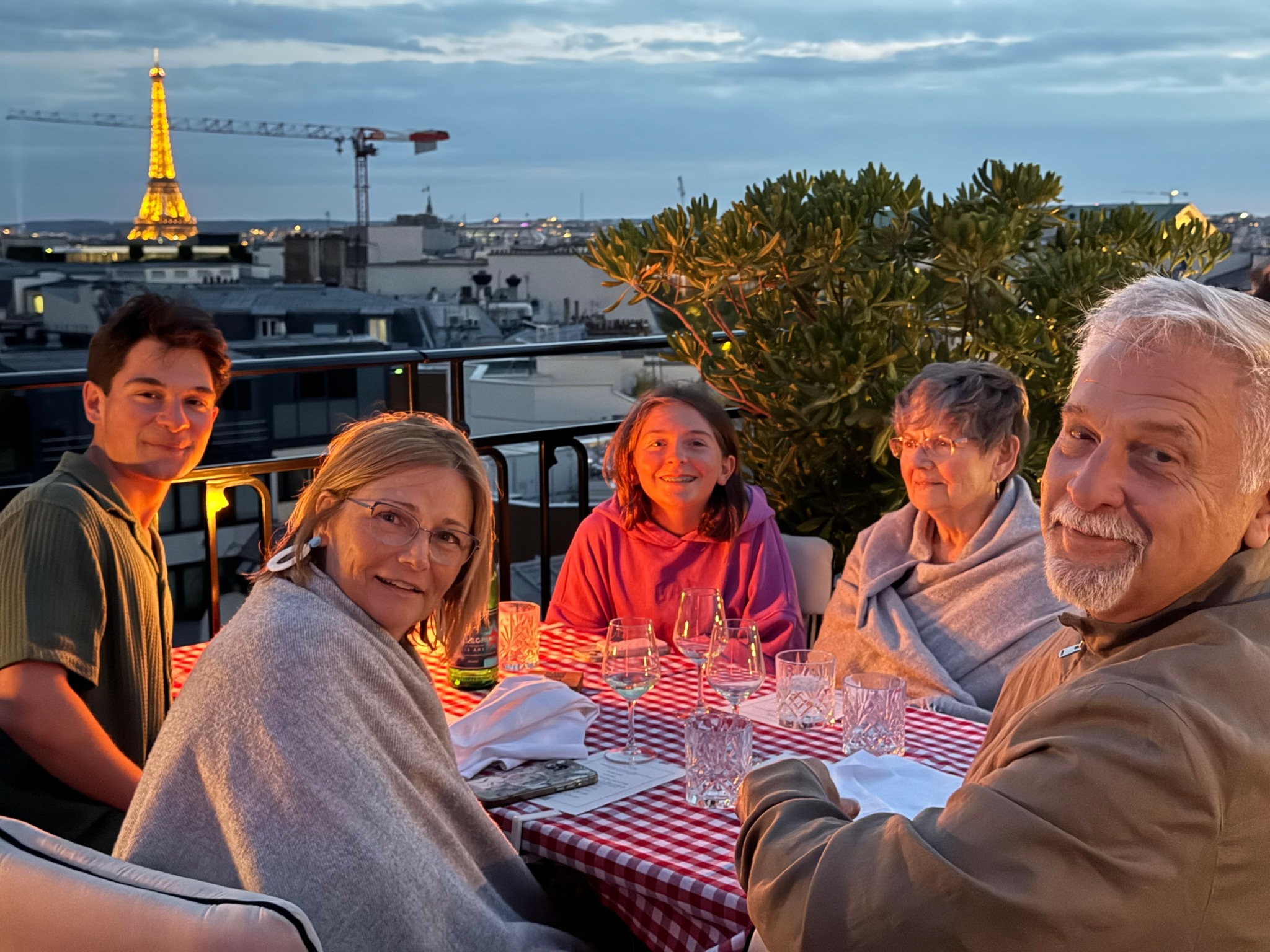
Image Credits
Chady Awad, Jim Digby


